Is it geeky to be fascinated by the weather and astronomy? Because I definitely am! Arizona is one of the perfect places for storm watching and astronomy. The monsoon storms provide interesting weather: lightning, thunder, rainbows, double rainbows, cloud formations, and beautiful sunsets. Tucson’s dark sky ordinance to reduce light pollution, as well as the fact that we live in a rural area, allows us to see many, many stars at night. Sometimes, I just stand outside on the back porch and stare up at the night sky. The night sky is one of the things I love about living in Tucson.
On July 11th and 12th, we had some impressive storm cells pass close to us. We did not receive much rain, which we very much need! Even our cacti are looking a bit wilty.
Though these storm cells did not bring much rain, they did bring us some exciting lightning shows! I am not a big fan of fireworks, but I do enjoy lightning storms if I cannot hear the thunder. These storm cells were far enough away that we could not hear the thunder.
Josh tells me that most people who capture pictures of lightning use a light trigger of some kind for their cameras. I do not have something like that and I am definitely not fast enough to capture a lightning strike. So I resorted to using video capture instead and then trimmed out the frames of lightning to save as pictures. The image quality is not great, but it’s fun to see something in a picture that is visible for only 1/4th of a second. These pictures are from July 11th.
Then, on July 12th, we had another storm cell pass us. I took this video from inside the house which is why you can see reflection in the video. I’ve slowed this video down in Windows Live Video Maker so you can see the way this lightning bolt travels.
This coming week, we are supposed to get more rain, so maybe there will be more pictures or videos of lightning soon.
I had been reading about Comet Neowise for over a month, but in early July, it was only visible in the early morning around 4 AM, until a few days ago, when it started becoming visible at night around 8 to 9 PM. I first started looking for Comet Neowise about four nights ago, but I was unsuccessful at seeing it until July 18th. I think Josh may have thought I was a little bit obsessed with this comet because I was disappearing every night trying to find it. I used binoculars and I used a telescope, but I was only seeing a fuzzy blur in the binoculars and then could not find it at all with the telescope. Some cloudy nights also did not help.
Finally, I decided I probably wasn’t going to find it with either of those instruments and I used my camera to try and “find” the comet instead. And around 8:15, I finally saw it in a very blurry picture. I’ve circled Comet Neowise in yellow, but it probably is still very difficult to see. At this point, I still could not see the comet with my own eyes.
I had a precarious setup out on the back deck to take pictures. I don’t have a decent tripod (this definitely needs to be remedied) so I was using a short tripod that came with my Nikon D3500 that kind of worked but not very well. The tripod was sitting on a hardcover book, which was sitting on the shelf of a steel potting rack that was on the back deck when we moved in.
I also don’t have a remote trigger. I found out later that there isn’t an easy way to even connect one to the D3500, so if I want to use a remote trigger, I have to use my old D3300. To be fair, there is a way to remote trigger the D3500 using the Snapbridge app but I didn’t have time to mess with that. I ended up with slightly blurry, mostly blurry, and some none at all pictures of Comet Neowise because of camera movement from pressing the shutter-release button, but I was so happy just to have captured it (and prove to Josh that I’m not totally nuts, only slightly nuts) that I didn’t care.
I lost the comet in cloud cover before 9 PM though and wasn’t able to get the picture I really wanted: the comet and its entire tail in the frame. Before I lost the comet in the clouds, I think I did manage to see it with my own eyes. And it is just as described in the articles I’ve read, a fuzzy-looking ball.
I was planning to take more pictures last night – June 19th – but there was so much cloud cover, I knew that the comet would be impossible to see. I will try again tonight if the clouds cooperate!
Some things I learned:
- Learn how to use your camera BEFORE you try to take pictures of comets. I did learn how to change my aperture (f-stop) and my shutter speed on my D3500 before finding the comet June 18th but I could not figure out how to change the ISO. That I learned on June 19th.
- Learn how to use manual mode.
- Learn how to use manual focus. My autofocus was driving me nuts.
- I ended up using the shutter speed priority mode on my camera just to take pictures since I couldn’t figure out how to force the ISO to a certain setting.
- A tripod is not optional. I used to have one but it disappeared during one of our in-town moves in the San Diego area.
My camera settings: Shutter speed was 4 to 10 seconds depending on the lighting; the ambient light changed every few minutes, F-stop was at the lowest it could go at 4.5, and I was using a 70-300mm zoom lens with no vibration reduction. Since my ISO was set to auto, it varied. I wanted it to be at 800.
I also used an online star map called Stellarium to help me find Comet Neowise. There is an app but I used the website since I only needed a guide. I would suggest viewing the Stellarium website on a computer and not a phone.
I definitely have a lot to learn about astrophotography, but I think I might be hooked! Maybe soon, it will be one of the regular subjects on The Geek Homestead. If you decide to look for Comet Neowise yourself before it leaves us for 6,800 years, it should be visible in the the Northern Hemisphere until at least July 23rd, the night of its closest approach to Earth. Good luck!
-Lynn
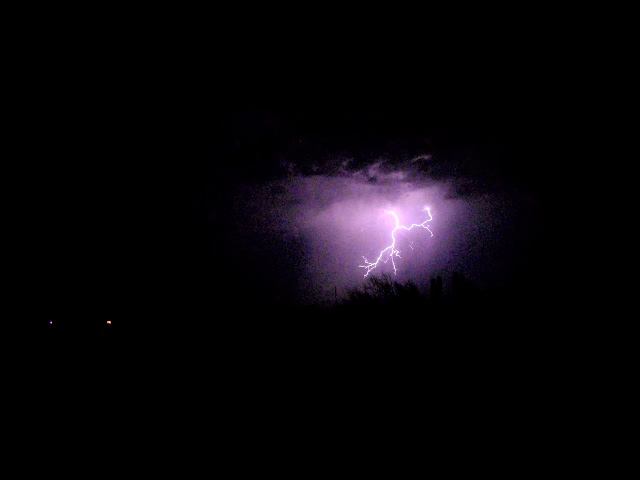
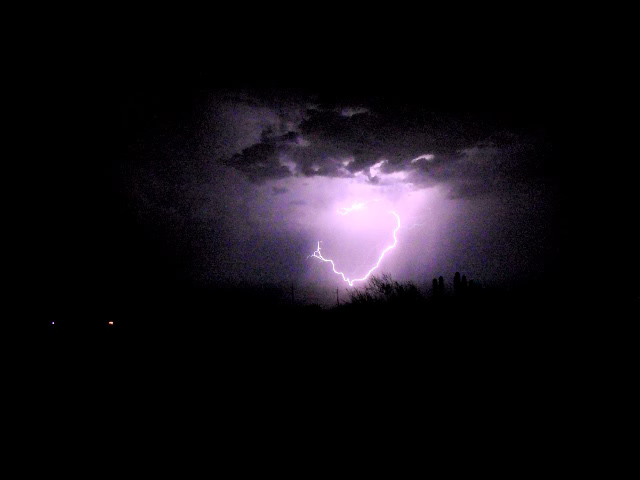
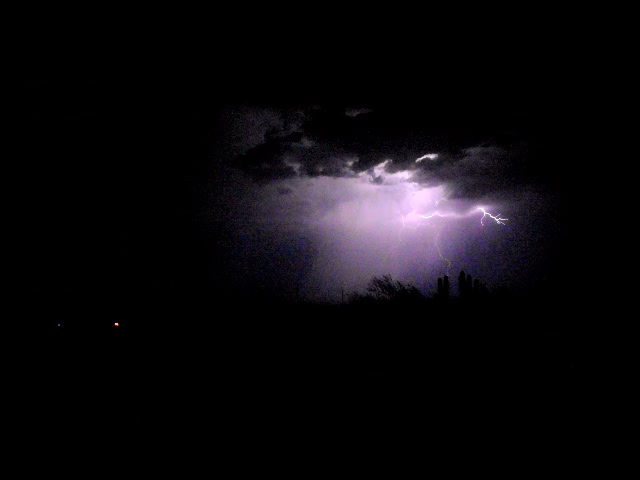
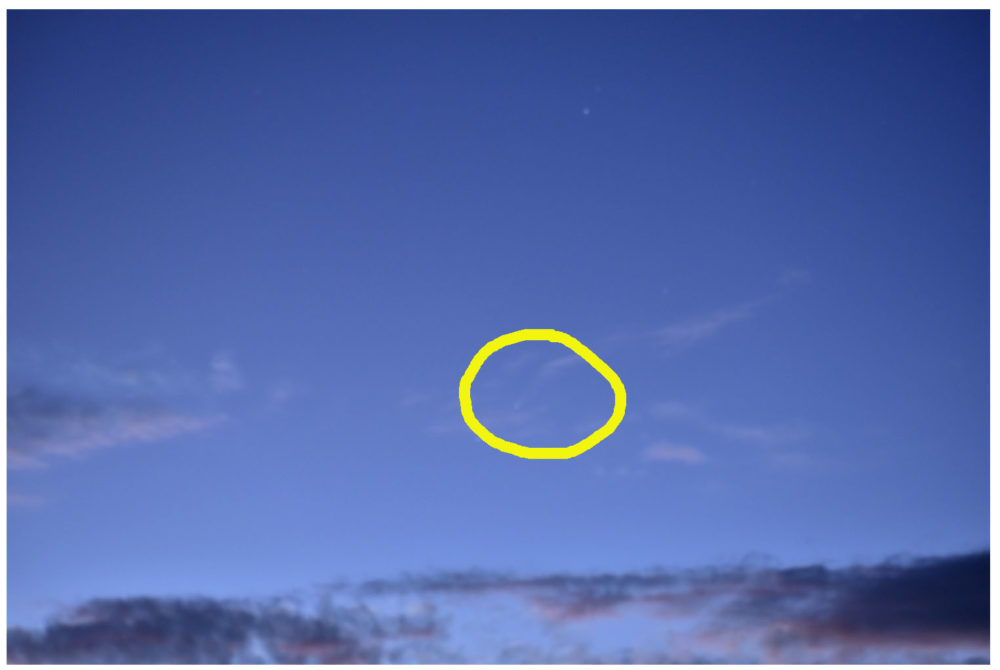
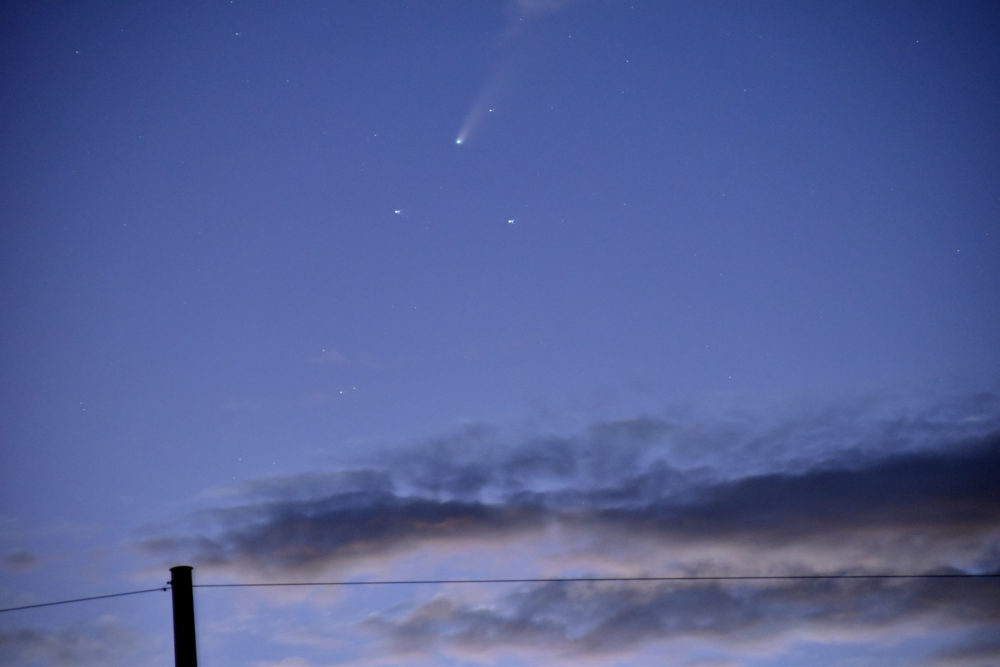
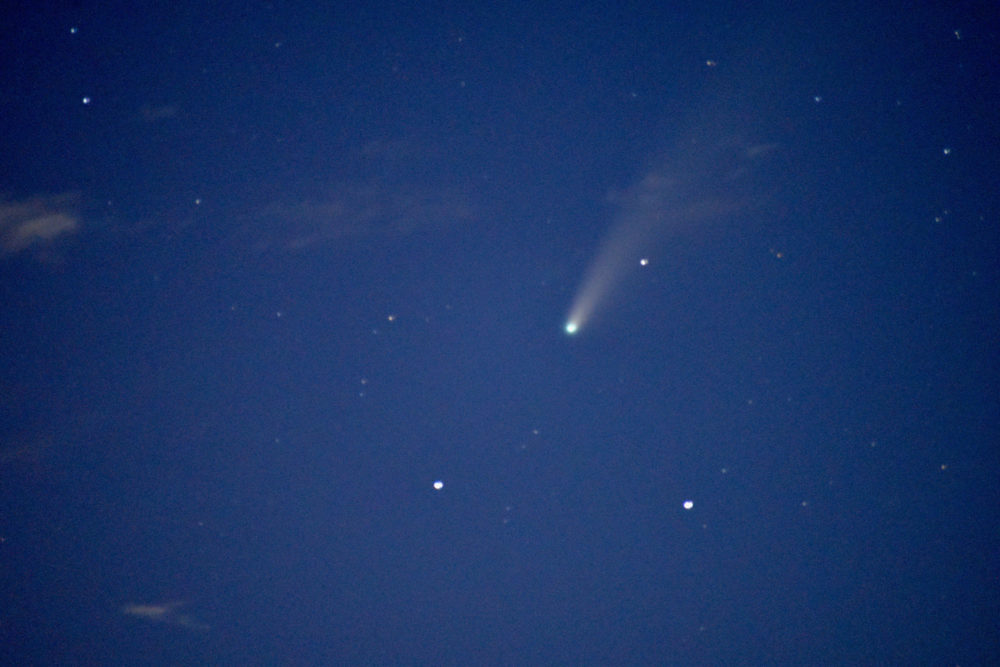
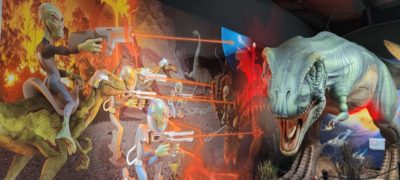
So cool! Love the photos.
Thanks! I had fun taking them!
Excellent results all the same. We tried to see the comet and failed. The lightning video was remarkable.
It was a lot more difficult to see than I expected! And where we live is already pretty dark. I did use an online star map also to help me find it. I will add it to my post as well as here. The two stars below the comet in my pictures were also good “landmarks” for me.
https://stellarium-web.org/